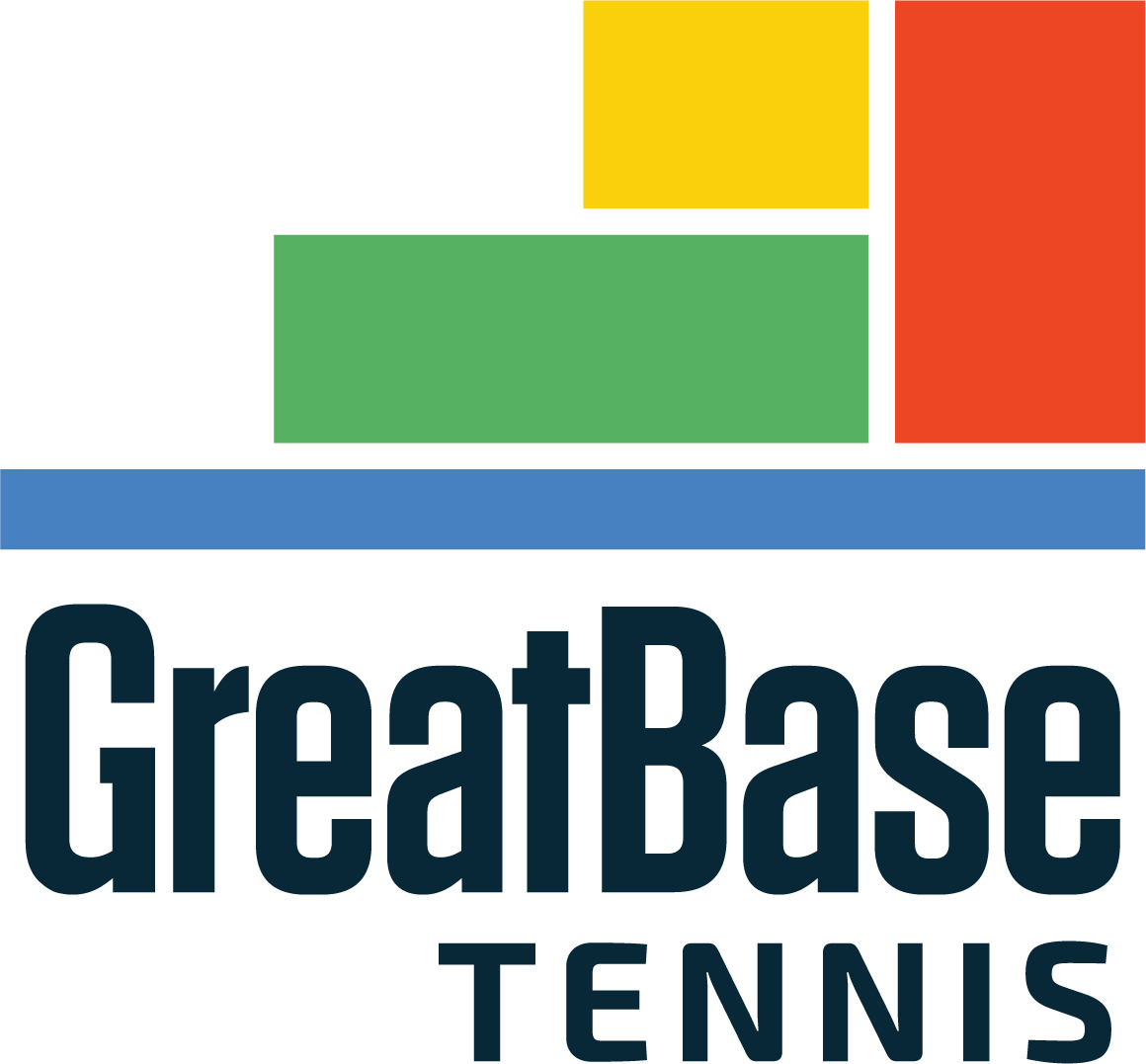Dear Tennis Parents,
It is too easy to become a so-called “tennis teaching professional,” especially in the U.S. All you need is a heartbeat and a ball hopper. The “car trunk” pro who charges cheaper fees is not a bargain. Remember, you can replace money, but when it comes to your child’s tennis development, you cannot replace time.
When you’re looking for a pro to teach your child, the very least you can do is make sure that pro is certified by one of the two main teaching pro certifying groups in the U.S. – the Professional Tennis Registry (PTR) and U.S. Professional Tennis Association (USPTA). (I would say that probably more than half the pros in this country aren’t certified.) But also, find a certified pro who is constantly looking to add to his knowledge of teaching tennis.
I’m a supporter of both the PTR and USPTA. I’ve been a member of both organizations for well over 25 years and I also served as a tester for both groups, certifying teaching pros. Understand, though, that certification is not a diploma or degree from formal education. But at least it represents attendance and therefore exposure. I would recommend that pros acquire at least one new certification per year. For example, Emilio Sanchez and his staff now offer a certification program for dedicated students of the game.
It is amazing how in tennis, things are just the opposite of what they should be. Entry-level players need the teachers with the most experience. But take a look at pretty much any summer tennis program. It’s a safe bet that area high school kids will be teaching the early childhood development classes.
That’s like the blind leading the blind. Essentially, they’ll be keeping the little kids happy, making it fun, playing some games … and the parents will not know the difference. The problem will come when the kids, as teenagers, struggle to “unlearn” what they were taught, then end up quitting the game because of the challenge.
High school kids get hired because they can look the part, know some accepted tennis lingo and can “feed” the ball. So they can run a “drill” court. But tennis programs have virtually no training program for their summer staff.
Parents, ask your child’s pro who they were mentored by. Did they serve apprenticeships under proven and accomplished coaches? What “coaching tree” are they from? (For example, you can google “Bill Walsh coaching tree” and see which current coaches learned their craft from the late, great NFL coach.) If you’re serious about your child’s tennis development, look for that line of greatness.
And importantly, don’t confuse a “Sparring” partner with a coach. In boxing, sparring partners do not have a speaking part – they follow the trainer’s directives. In tennis, for some reason, “sparring” partners play a more significant role, yet they shouldn’t have a speaking part unless they have something to say.
Often, parents fall into the trap of hiring a young college player and overpaying them. Then, this tennis sparring partner feels compelled to wing it; make up technique as they go along. Parents, remember, there are no short cuts. Stay the course and don’t go behind your coach’s back. And keep in mind that while it’s a major bonus to be a player starts to teach or coach, do not judge the competency of your child’s coach on their playing credentials.
Roger Federer did not learn his technique by being fed balls by a high school kid when he was a tyke. His mother, Lynette, says a Czechoslovakian coach taught her son his technique, having young Roger stand in one place, on balance with long follow-throughs, lesson after lesson. He was 8 years old.
So take note: Feeding and sparring does not equal teaching.
Do you know someone who should read this?
Please consider sharing this article now.

